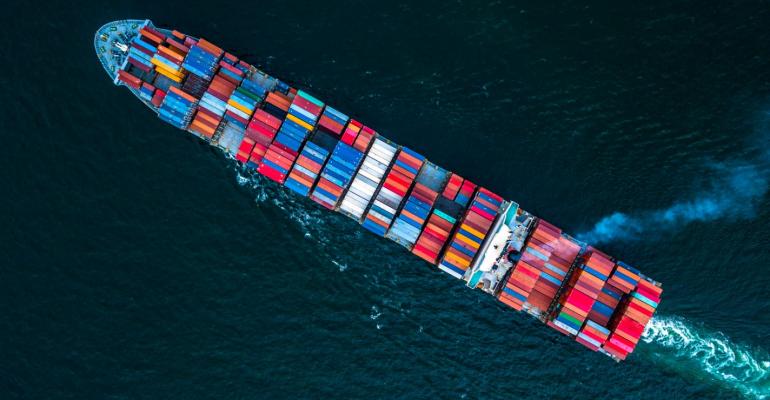The shift to greener fuels in shipping is gathering pace, with a almost a third of orders reflecting that, amid a wider re-evaluation of energy sources in the wake of Russia’s invasion of Ukraine and the resulting change in energy flows, engineering company Wartsila said Jan. 31.
The number of vessels ordered in 2022 fell 16% on the year to 1,538, due to almost full order books at many shipyards and to higher newbuild prices.
Of those, 466 globally were for alternative fuel-capable vessels, representing 30% of all contracted ships and 60% of vessel capacity in 2022, the company said, as it posted full-year results.
“Despite the currently high price for LNG, it continues to represent over 80% of all alternative fuel capable vessel orders, although shipowners’ interest in other alternative fuels, such as methanol, has clearly emerged in 2022,” Wartsila said.
Alternatives to 0.5% sulfur fuel oil, the default marine fuel for now, not least LNG, remain expensive.
Platts, part of S&P Global Commodity Insights, assessed delivered 0.5%S fuel oil at Rotterdam on a calorific basis at $14.70/Gigajoule Jan. 30, compared to $19.01/Gj for conventionally produced methanol and $19.35/Gj for LNG as a bunker fuel.
Momentum was expected to build for alternative fuels as companies strive to meet international CO2 targets for 2030, analysts at S&P Global said Jan. 5. The issue is the lack of fuel availability and of main engines for these ammonia and hydrogen dual-fueled vessels being built in shipyards.
Until that changes, LNG and biofuels, along with a handful of methanol-powered vessels, are the main candidates to fill the slots until the new fuels are tested and more prevalent, S&P Global said.
S&P Global analysts expected LNG to account for 7.8% of bunker demand in 2030 and other alternatives, excluding LPG, to account for 2.2%.
Of that 2.2%, methanol will make up 34.3%, hydrogen 16.8%, ammonia 14.7% and biofuel 6.2%.
Growing demand for backup power
Uncertainty caused by the geopolitical situation continues to affect the investment environment for liquid and gas-fueled power plants and energy storage, Wartsila said.
However, contracting for gas and liquid-fueled power plants of less than 500 MW has grown.
Wartsila’s market share in the up-to-500 MW market segment increased to 8% as global orders for natural gas and liquid-fueled power plants increased 13% to 26.7 GW during the 12 months to September. Some 42% of the company’s full-year thermal order intake was related to balancing power, company CEO and President Hakan Agnevall said during a conference call.
“Beyond some short-term setbacks, the energy transition outlook is very strong: advancing the renewable energy build-up strengthens the security of supply by reducing dependency on fossil fuels,” Wartsila said.
Looking ahead, the increasing levels of intermittent renewable energy in power systems are expected to further accelerate the need for various flexible balancing solutions, such as energy storage and grid-balancing power plants, the company said.
S&P Global’s latest European Electricity Long-Term Forecast sees year-end West European wind capacity rising to 227 GW by 2025 from 162 GW in 2020. Solar capacity was seen doubling to 260 GW over the same period.
Source: Hellenic Shipping News





